Knowing how to teach informational writing to students in K-2 can make your language arts lessons a whole lot easier!
These tips can help!

This article contains affiliate links to things that you might like.
Whether your child wants to be a computer programmer or a construction worker, a pastry chef or a paralegal, he needs to know how to clearly express his ideas.
Enter informational writing.
Read on to find out how to teach informational writing simply to young learners.
What is Informational Writing?
If you have ever asked the question, “What is informational writing?” then you have probably figured out its most basic definition: Informational writing is writing that, well, gives information.
It is nonfiction, which means of course that it is 100% true.
It is based on facts.
If your child asks you the question, “What is informational writing?” then you can respond, “When you write this way, you are teaching someone about a topic (like bananas, for example) using facts that are all true.”
Informational writing can be as long as a book or as short as a page.
When teaching young children, start with a page (or less)!
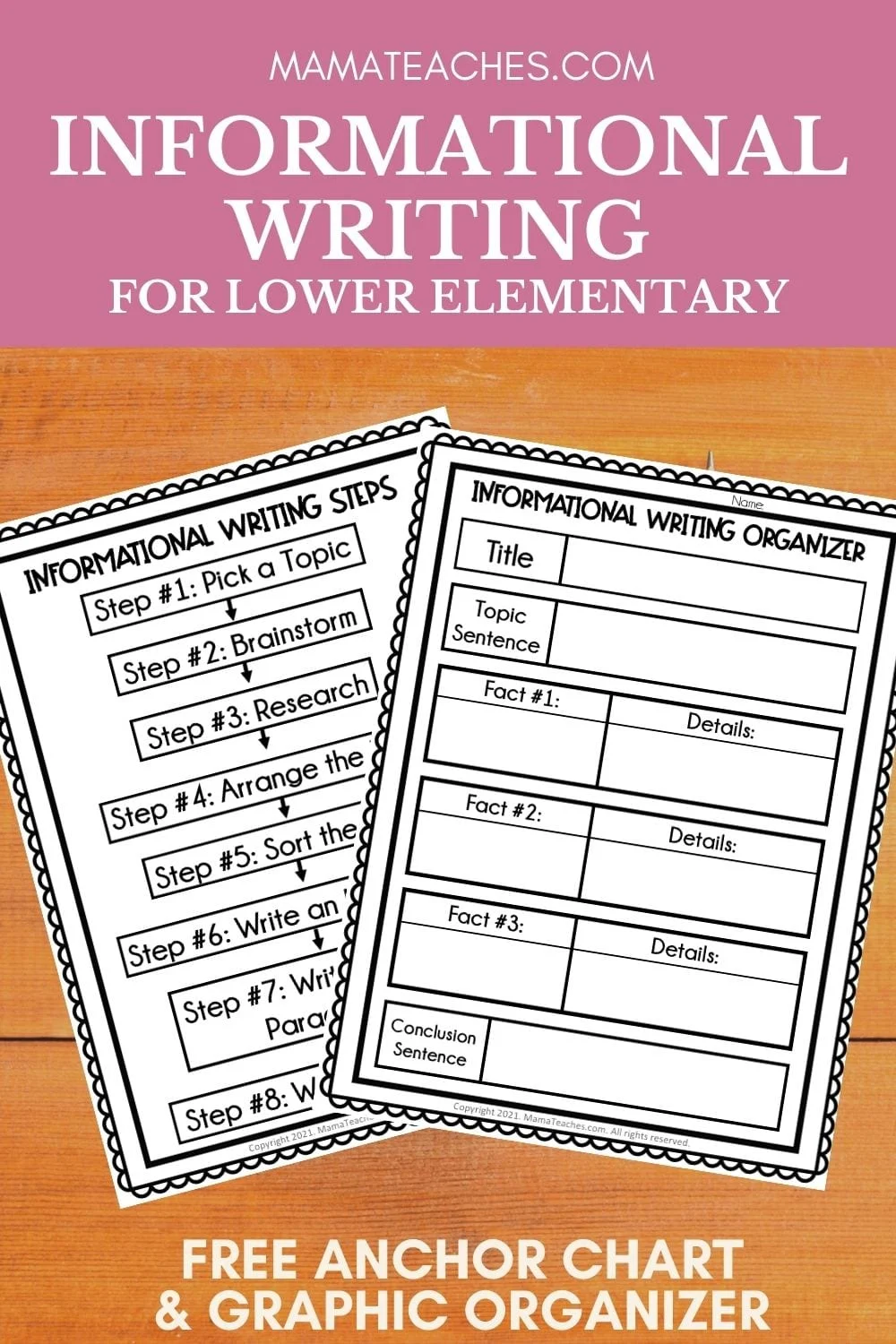
How to Teach Informational Writing
The first step in teaching is always to explain the process.
Rather than droning on and on, introduce the concept of informational writing in a fun and memorable way with a bold and bright anchor chart (check out the informational writing anchor chart and writing organizer in the Freebies Library).
Step 1: Pick a topic
If this is your child’s first foray into informational writing, she should pick a topic she already knows about.
This cuts down on research (or eliminates it altogether) and allows the child to focus on learning the process of writing.
What interests her?
What are her passions?
Writing about one of these ideas will keep her from getting bored.
Step 2: Brainstorm
What does she already know about the topic?
Remember, these should be facts.
Put everything down on a piece of paper.
These don’t need to be full sentences–words or phrases are fine.
Step 3: Research
This step is optional for young learners.
Read simple books (or websites) that present the topic in a kid-friendly fashion.
Add these facts to her list.
Step 4: Arrange the ideas
Divide the topic into smaller parts; pick two or three subtopics.
For example, if your child chose gardening as her main topic, her subtopics could be gardening supplies, what plants need to grow, and kinds of gardens.
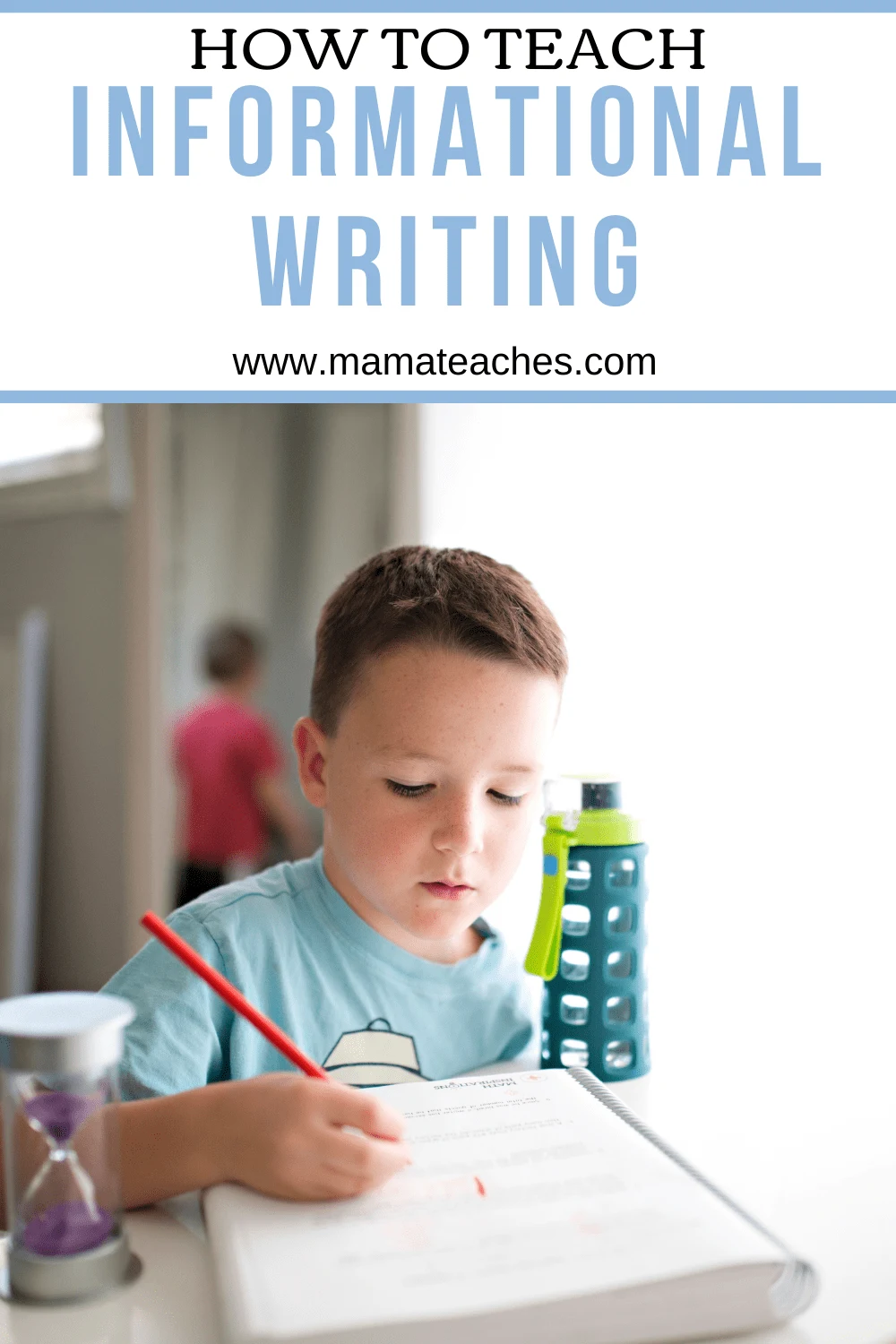
Step 5: Sort the facts
Now sort through the facts she gathered and place 3-5 under each subtopic.
You can make this process simpler by using an informational writing graphic organizer. (Here’s one to try!)
Gardening supplies – pots, hoe, rake, gloves, hose
What plants need – sunshine, soil, water, air
Kinds of gardens – edible, flower, maze
Step 6: Write an introduction
The introduction grabs the reader’s attention and tells them what they will learn.
Pick an attention-getter to open the paper.
This could be a question (Have you ever dreamed of growing your own food?) or an interesting fact (Butterflies might be more attracted to your weeds than your flowers.).
Then tell the reader what topics you’ll cover.
Here is an example:
Do you dream of having a garden? If so, you need to know about gardening supplies, what plants need, and the different kinds of gardens.
Yes, this paragraph is short, but it covers the essentials.
Your child can build on this as she gains experience with this writing style.
Step 7: Write the Body Paragraphs
She already has the information for these in the graphic organizer.
Now she turns them into sentences!
These will each be a paragraph after the introduction.
Here’s an example:
There are three basic kinds of gardens. The first is an edible garden filled with vegetables, fruits, and herbs you can eat. The second is a flower garden with daisies, roses, and other bright flowers. The third is a garden designed like a maze.
Step 8: Write the conclusion
The conclusion restates the subtopics and then makes one more comment.
This could be telling the reader where to find out more about the topic, or it could be which one of the subtopics is the most important and why.
Here’s an example:
When you plant a garden, you need to know about gardening supplies, what plants need, and kinds of garden. The first step you should take is deciding which type of garden you want to plant. Then you can make a plan and get started!
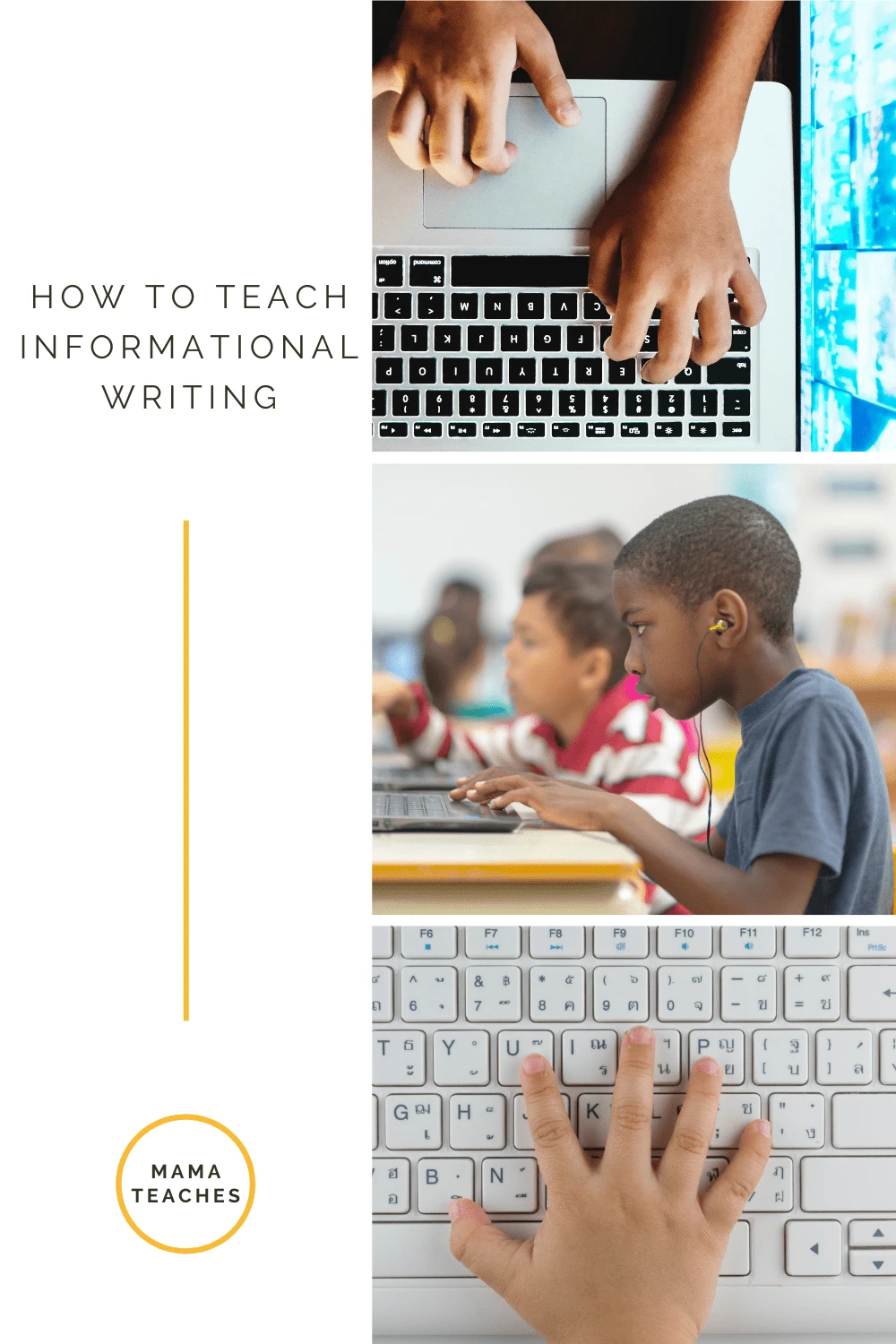
Informational Writing Topics for Kids
Here are some informational topics for kids to get your child brainstorming about a topic he loves!
- Animals (subtopics could be what they look like, where they live, and how they act)
- Sea turtles
- Wolves
- Hummingbirds
- Guinea pigs
- Horses
- Betta fish
- Places (subtopics could be where it is located, history of the place, and things to see)
- New York City
- The Space Needle
- The San Diego Zoo
- Disneyland
- Your local grocery store
- Toys & Games (subtopics could be who invented them, what you need to play them, and how you play them)
- LEGO bricks
- Hatchimals
- Chutes and Ladders
- Scooters
- Barbies
- Minecraft
- People and Pets (subtopics could be what they look like, their favorite foods, and favorite activities)
- Mom
- Dad
- Grandpa
- Sister
- Family pet
- Transportation (subtopics could be where you find them, why you use them, and places you travel in them)
- Trains
- Boats
- Cruise ships
- Cars
- Bicycles
Now that you know how to teach informational writing, give it a try!
If you have a child who loves to draw, consider putting each paragraph on a separate page and letting your child illustrate it.
Writing about facts has never been more fun!
Don’t Forget to grab your free informational graphic organizer and anchor chart in the freebies library!
Not a member yet?
No worries!
Sign-up below!

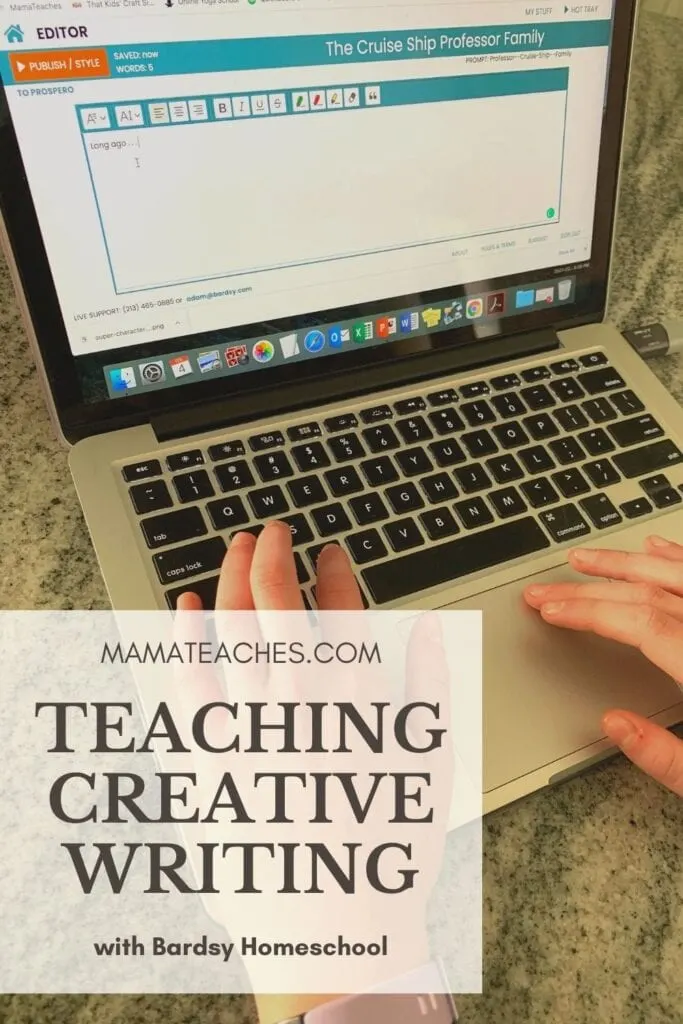

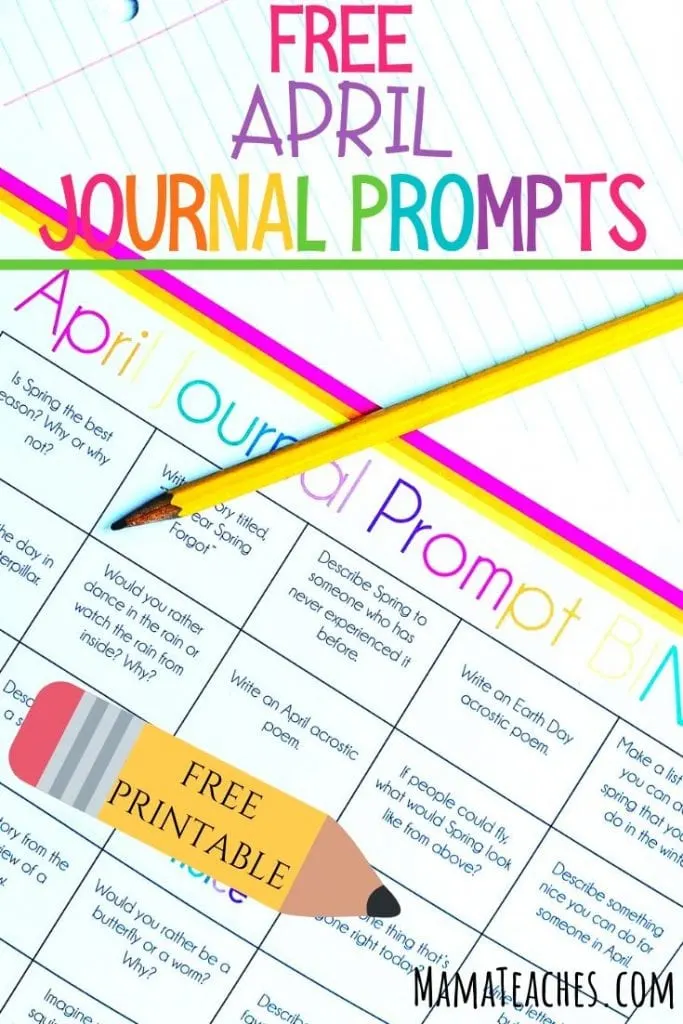
Iryn Karen
Saturday 15th of July 2023
My work is now made easy..... thanks to this source.